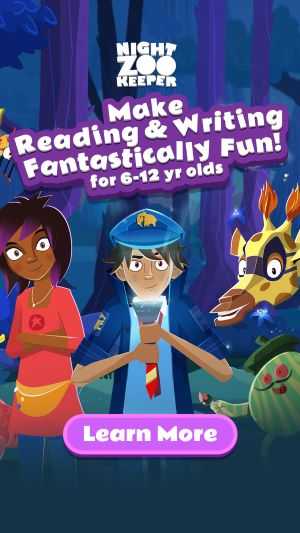Year 2 Reading
Discover Year 2 Reading Standards

Home > English > Reading > Year 2
In Year 2, children become more confident with their foundational knowledge of the English language, and will likely want to move on to more challenging tasks. While they’re still beginners, it’s important to encourage your child to read age-appropriate books and regularly question them on what they’re reading.
To help you support your young learner in their academic journey, we’ve compiled a list of primary reading skills and strategies that your child can practise to become a confident and fluent reader.
Long and Short Vowels
In Year 2, young readers are expected to correctly decode single-syllable words that include long and short vowels. This will be aided by their phonics skills covered in Year 1. Below are some examples of words that use short and long vowel sounds.
| Short Vowel Sounds | Long Vowel Sounds (say their name) |
|---|---|
|
rat 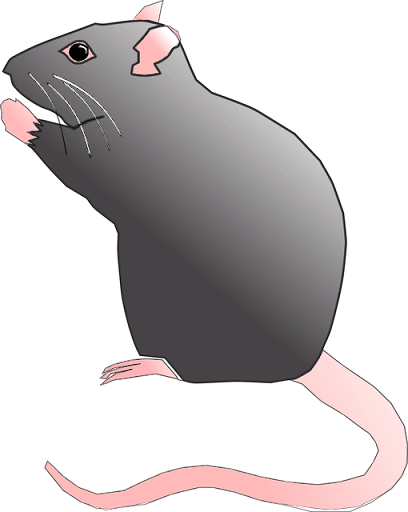
|
snake 
|
|
egg 
|
cheese 
|
|
fish 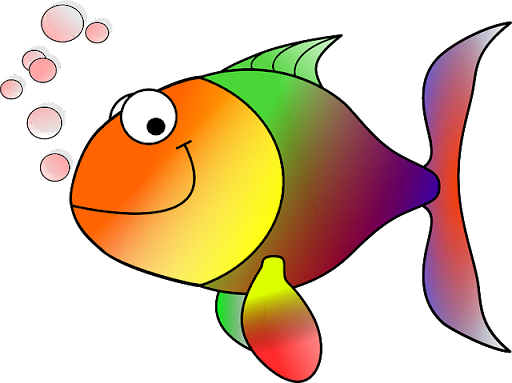
|
child 
|
|
rock 
|
toad 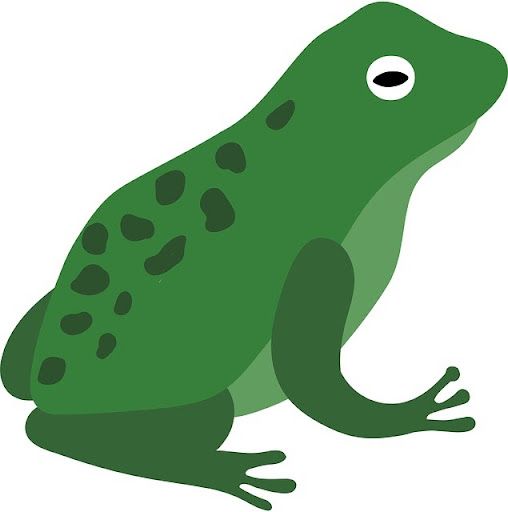
|
|
sun 
|
cube 
|
Children will need to know the different vowel team spellings for each vowel sound. For example, the long a sound is commonly spelled using the following vowel teams.
- ai | aim
- ay | tray
- a-e | name
Two Syllable Words with Long Vowel Sounds
Learners will practise reading two syllable words that include a long vowel sound.
sun|rise

pan|cakes

tad|poles

Prefixes and Suffixes
In Year 2, your child will also be expected to start identifying prefixes and suffixes, and understand that by changing the beginning or endings of words can change their meaning.
A prefix is a group of letters that is added to the beginning of a word to change its meaning. In Year 2, children will practise decoding words with prefixes.
Here are a few common prefixes that children will learn in Year 2:
- un- | undo
- re- | rejoin
- pre- | preheat
- mis- | misread
Practice Tip
Find a sentence including a prefix. Cover up the prefix word and give your child a choice of words that could fill the space. For example, this quiz on Night Zookeeper requires children to select the correct word including the prefix un- to complete the sentence.

A suffix is a group of letters that is added to the end of a word. Adding a suffix to a word changes its meaning. In Year 2, your child might come across words such as:
- -ness | madness
- -er | footballer
- -ful | helpful
- -less | endless
Text Types
Your child will start exploring a variety of text types in Year 2. These will include short stories, informational texts, poetry, and explanatory texts. You should encourage your child to read a range of different types of books and not solely focus on one type of text they like most. They’ll pick up valuable literacy skills by reading a breadth and depth of content. This should also make developing writing skills easier for your child, as they’ll be familiar with different styles and genres of texts.
Practice tip
Start a book library at home and ask your child to arrange the books they have into different categories. Ask them to choose a book from a different category each day.
Fluency
Accuracy, pace and expression are all skills required in Year 2 reading. These reading skills will develop quickly for learners that have mastered a large variety of the sight and common exception words mentioned in our Year 1 reading section. Once they’ve grown in confidence with these words, they’ll be able to add expression and intonation to their voice, and be able to recognise Year 2 common exception words. This is a reading skill their teachers will look for them to express in the classroom during shared read aloud sessions (if your child goes to school).
Practice Tip
Give your child a short passage to read and challenge them to read it in one of the following tones of voice:
- Excited
- Bored
- Happy
- Sad
- Slow
- Fast
Reading Comprehension
Children will spend a lot of time in Year 2 answering questions about the text they’re reading. These comprehension questions will typically begin with “how”, “when”, “where”, “why” and “who”. They’ll be expected to answer these questions in both verbal and written forms, so it’s important that they practise their reading comprehension skills regularly.

Practice Tip
Create some question cards with the following prompts:
WHO? WHERE? WHEN? WHY? HOW?
Ask your child to pick a card at random after reading a section of the story, and then pose a question to them beginning with that word. As they practise their reading comprehension skills, they may find decoding information challenging at first. Allow your child to use the text they’ve read as an answer key the first few times they try this activity. This will aid their progression and ensure that they understand how to source information correctly.
Once they’re well-versed in finding the relevant information to answer comprehension questions without consulting the text several times, you can start challenging your child even more. You can start with giving them context clues if you notice they’re struggling to remember key information, and finally move on to answering these questions without consulting the text.
Fun Reading Activities
Inspiring a love of reading at an early age can make a huge impact on your child’s primary reading skills, so make sure you make reading as fun as possible!
Here are some year level activities that will make reading fun for your young reader:
- Make up your own version of a story you’ve read together. Challenge your child to change the character names or set the story in an entirely different place.
- Put your child in the story. Simply by changing the main character’s name can make your child feel a deeper connection to the story.
- Ask your child to pretend to be the main character and ask them questions to answer in role. What would they do if faced by the same problems and situations that the character in the story faced?
- Challenge your child to read dialogue in a different voice or accent. You can also join in by making up different voices for the different characters in the story.
- Play the inference game! What happens after the story ends? What assumptions can your child make based on the text they’ve read?
- Record your reading time and give your child awards for the time they spend reading. This is a great way to keep your child motivated and eager to learn more as they move on to Year 3. Night Zookeeper’s award system is the perfect way to inspire your child to read! They’ll earn Orbs for every single activity they complete (which will be automatically set to your child’s reading level).
How Night Zookeeper can help

Night Zookeeper makes reading & writing fantastically fun for primary school students!
Our reading & writing program for kids covers all reading topics and skills your child must develop in Year 2 and offers countless ways for them to develop key primary reading skills, including reading comprehension activities and lessons, word games, and reading challenges. Night Zookeeper offers an adjustable year/age level feature, to allow children to learn at their own pace, so if you feel that your child needs a little extra practice, we’ve got you covered!
Sign up today to get a FREE 7-day trial and kickstart your child’s English language journey!
Related articles

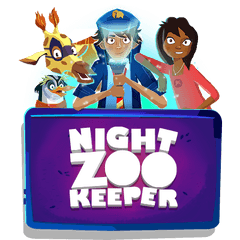
Make Reading & Writing Fantastically Fun!
- Award-winning reading & writing program for kids
- Improves spelling, grammar, punctuation & vocabulary
- Over 1,000 different learning games and activities



